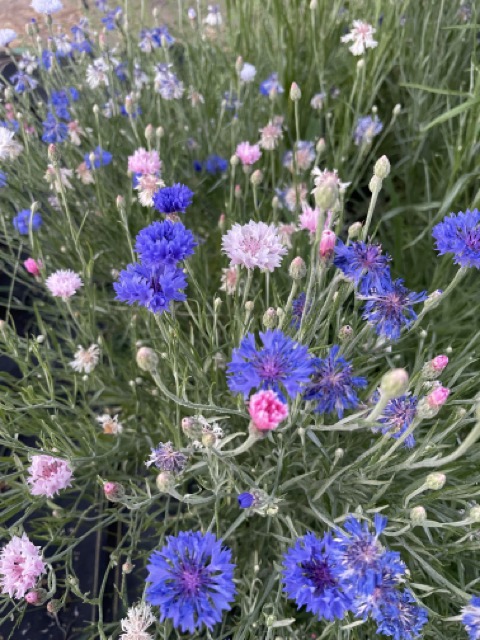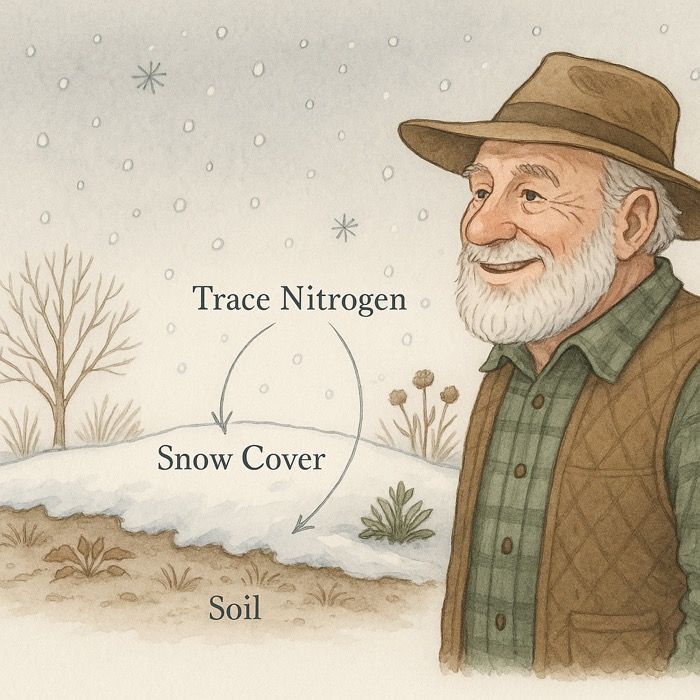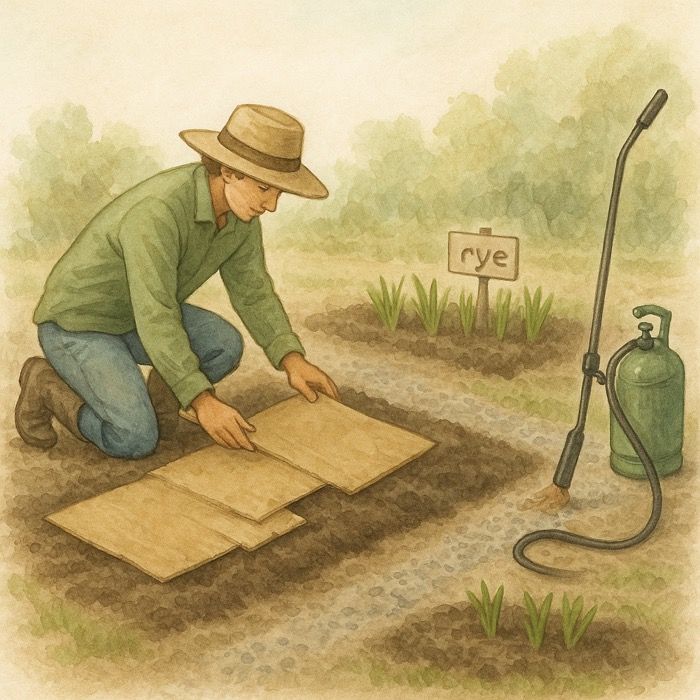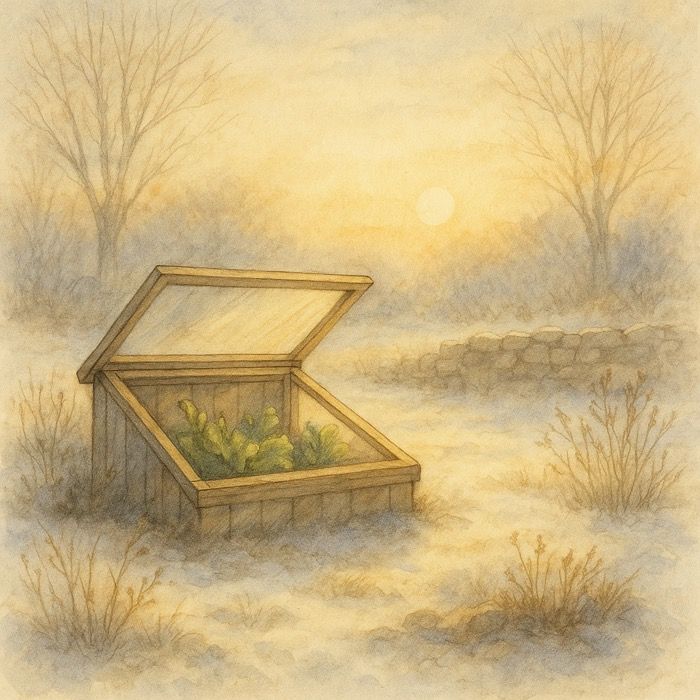Garden Ideas: Crafting Your Perfect Outdoor Oasis
What type of garden ideas are you looking for?
When it comes to garden ideas, it’s easy to feel overwhelmed by the countless possibilities. I am in the redesign phase of some gardens on our property, and I always come back to on recommendation: How do you eat a whale? One bite at a time.
I think we, as gardeners, are dreamers by nature. Are you dreaming of a modern, minimalist space with sleek lines and structured plants? Or perhaps you envision a cottage garden bursting with blooms and buzzing with bees? Whether you’re looking to design a functional vegetable garden, create a pollinator haven, or simply add a few decorative touches to an existing space, I believe it really all starts with an idea, and knowing what kind of garden experience you want.
To help, a good foundation in design always helps. So here’s a quick guide to garden design 101 to help you shape your garden vision from concept to reality!
Garden Design 101: Laying the Foundation
Before diving into specific garden ideas, it’s important to understand the basics of garden design. These fundamentals will help you create a cohesive, functional, and beautiful space:
- Assess Your Space
- Look at your garden’s size, shape, and natural features. Is it a small urban yard or a sprawling country estate? Does it receive full sun or shade? Knowing your space helps you select plants and features that thrive in your garden’s unique conditions.
- Define Your Purpose
- Decide what you want from your garden. Will it be a space for growing vegetables, a relaxing retreat, or a place to entertain guests? Knowing your goals helps focus your garden ideas and keeps the design process on track.
- Consider Style and Theme
- There are countless styles to choose from—modern, tropical, Mediterranean, Japanese zen, or English cottage, to name a few. Select a style that complements both your home and personal taste to create a cohesive look.
Once you have these basics in place, you can start exploring more specific design ideas.
The Layers of a Garden: Building Visual Interest

A truly inspired garden isn’t just flat—it’s full of layers that add dimension, texture, and intrigue. Here’s how to think about the layers of a garden:
- The Ground Layer
- This includes groundcovers, mulch, and low-growing plants. Groundcovers like thyme or creeping jenny not only fill in gaps but also add texture to your space. Mulch provides a clean, finished look and helps with moisture retention.
- Garden paths, stepping stones, and other hardscaping elements also fall into this category and serve as a foundation for navigating the space.
- Mid-Level Layer
- These are your flower beds, shrubs, and ornamental grasses. This is where you’ll get the bulk of your color and seasonal interest. Mix perennials and annuals to ensure blooms throughout the growing season. Grasses like fountain grass or blue fescue provide movement and visual interest, especially in the wind.
- Add vertical interest with trellises or obelisks for climbing plants like roses or clematis, creating height without taking up extra space.
- Canopy Layer
- The canopy consists of trees and tall structures like pergolas or arbors. Not only do trees provide shade and anchor the garden, but they also frame your space. Whether it’s a stately maple, a line of citrus trees, or a weeping willow, these larger elements help define your garden.
- Use pergolas or gazebos as focal points, offering both functionality and design appeal.
Play with Texture and Contrast
When considering your garden ideas, texture is just as important as color. A garden with varied textures feels richer and more engaging:
- Soft vs. Spiky. Mix feathery plants like astilbe with spiky elements like yucca for visual contrast.
- Smooth vs. Rough. Pair smooth-leaved plants like hostas with rough-textured shrubs like juniper for added depth.
- Seasonal Texture. Consider plants that provide texture even when not in bloom. Ornamental grasses, seed pods, and evergreens are excellent choices.
Sustainable Garden Ideas: Eco-Friendly Practices
Modern garden design often includes sustainable practices that benefit both the gardener and the environment. Here are some eco-conscious garden ideas:
- Native Plants
- Using native plants ensures that your garden thrives with minimal intervention, as these plants are already adapted to the local climate and soil. Native plants also support local wildlife, including beneficial insects and pollinators.
- Rain Gardens
- If your garden experiences water runoff issues, a rain garden could be the perfect solution. Rain gardens capture runoff from hard surfaces like roofs and driveways, helping to manage excess water while also adding lush beauty to your yard.
- Composting and Mulching
- Composting kitchen scraps and yard waste not only reduces the amount of waste sent to landfills but also provides nutrient-rich soil amendments for your plants. Similarly, mulching with organic materials conserves water, reduces weeds, and slowly adds nutrients back into the soil.
Garden Ideas for Small Spaces
If you’re dealing with a small garden space, don’t worry—you can still create a lush and productive area! Here are some compact-friendly garden ideas:
- Vertical Gardens
- Make use of walls, fences, and trellises to grow plants vertically. Vertical gardening is perfect for small spaces and allows you to grow vining plants like cucumbers, tomatoes, or even herbs without taking up valuable ground space.
- Container Gardening
- Containers let you grow a variety of plants in small areas like patios or balconies. Choose containers of different heights and sizes to create a layered effect, and use dwarf or compact plant varieties for optimal growth.
- Garden Nooks
- Create small, intimate areas in your garden by carving out a garden nook with a bench or bistro set. Surround the space with potted plants, hanging baskets, or small raised beds for a private escape.
Incorporating Water Features
A great way to elevate your garden’s atmosphere is to incorporate water features. Whether you’re installing a full-blown pond or just a small birdbath, water adds tranquility and attracts beneficial wildlife like birds and frogs.
- Ponds A pond can serve as a focal point and provide a habitat for aquatic plants and wildlife. Consider adding koi fish or water lilies to enhance the effect.
- Fountains Fountains create a soothing ambiance with the sound of trickling water, which can mask background noise and make your garden feel more secluded.
- Birdbaths If you’re looking for something simpler, a birdbath is a charming addition that attracts birds and can be incorporated into any garden size.
Conclusion: Your Perfect Garden Awaits
Whether you’re a seasoned gardener or just starting out, the right garden ideas can transform your outdoor space into a personal paradise. Focus on defining your goals, understanding the layers of garden design, and playing with texture and color. Don’t be afraid to mix styles, experiment with plant combinations, and embrace eco-friendly practices. With a little creativity, your garden will not only reflect your personality but also offer a space for relaxation and inspiration.
Take the first step today and start planning your dream garden—your oasis is just a few ideas away!
More From Our Master Gardener
Recent Posts

❄️ Snow as Fertilizer – The Truth About “Poor Man’s Nitrogen”

5 Unexpected Winter Weed Control Strategies (That Don’t Involve Mulch)

Harnessing Winter Sun – Passive Solar Tricks for Your Garden

How to Grow Spinach – The Ultimate Beginner’s Guide for Tender, Nutritious Leaves

How to Grow Peas: The Ultimate Beginner’s Guide for Sweet, Crisp Harvests















